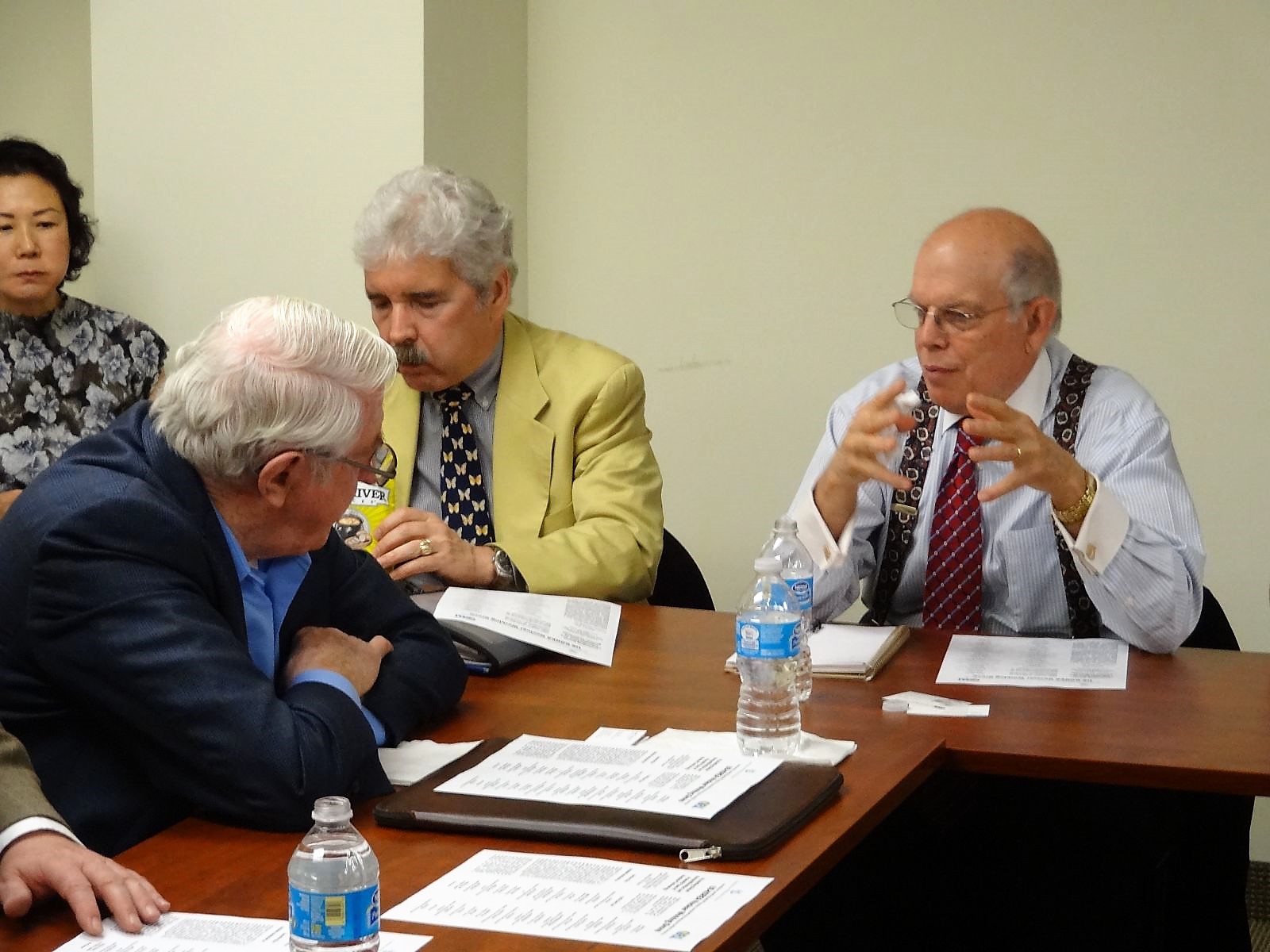The entry into force of the Non-Proliferation Treaty (NPT) in 1970 has largely been the reason why the fears of a tide of nuclear weapons proliferation following World War II have not been realized. The NPT has been the most widely acceded to arms control treaty in history, and given its central role in limiting the number of nuclear weapons states, among the most successful. One of the three “pillars” of the NPT has been access to peaceful uses of nuclear technology, and arguably, the NPT could not have come into fruition without this condition. The NPT assures all non-nuclear weapons states the “inalienable right” to develop nuclear technology for peaceful purposes consistent with Articles I and II regarding the nonproliferation of nuclear weapons. Although some argue that the diffusion of nuclear technology throughout the world only creates further challenges for global nonproliferation, the development of non-proliferative nuclear technologies may hold the key to buttressing both the pillars of nonproliferation and access to peaceful uses. Such technologies include thorium-based fuels, which also reduce radioactivity and waste volume in addition to proliferation risks. On top of proliferation resistance, many new revolutionary fuel technologies also provide enhanced safety in both operation and disposal, helping ensure a safer and more secure future for nuclear power.













